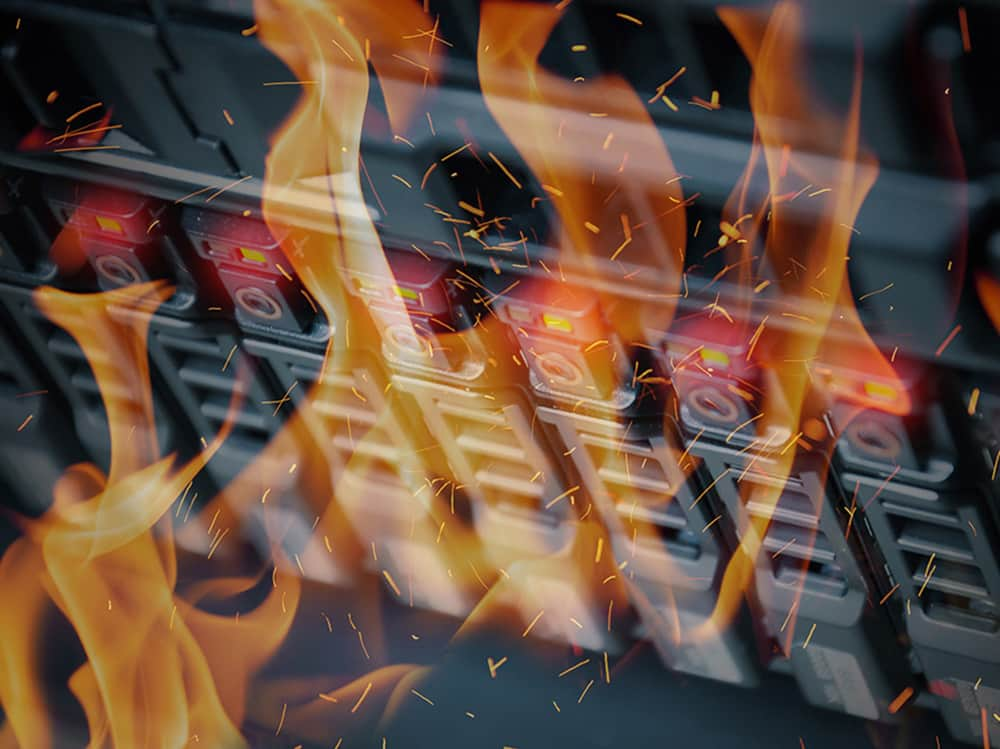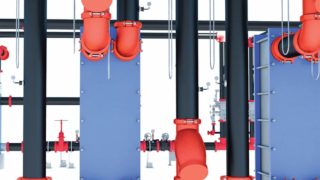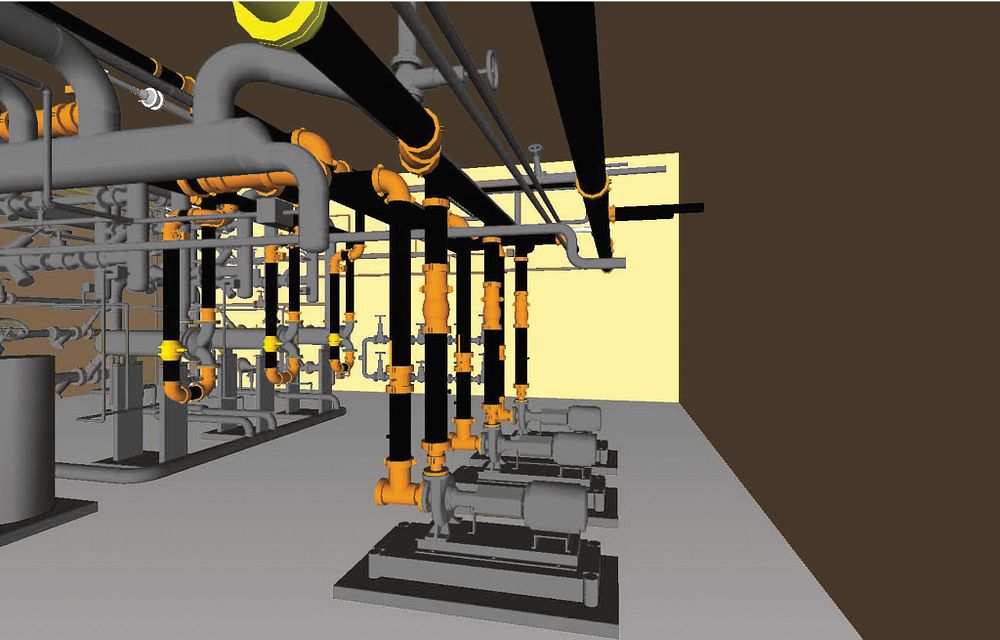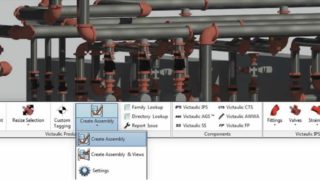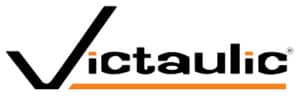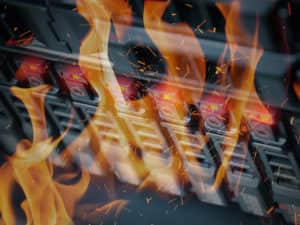 Posted on August 3, 2017
Posted on August 3, 2017
These days Density Diversity is a “hot topic” in the data center industry – ultra-high density, high performance computing (HPC) and super computer applications versus typical IT data center loads. But discussions around Rack Density can be confusing and difficult to visualize. How does measuring rack power usage via KWs translate into measuring heat load? To a mechanical engineer, IT is just a bunch of toasters or barbeque grills. In an effort to paint a clearer picture, 10 KW of IT load produces about the same amount of heat as one barbecue grill (35,000 BTUs). That heat needs to be removed safely and efficiently.
Traditional IT uses less than 10 KW per rack (one barbeque) and is adequately supported by air-cooling. However, another topic heating up at data center shows this year has been the growth of Artificial Intelligence (AI), machine learning, and HPC – all applications that benefit from compact, power dense, IT hardware that uses 40-80KW (4-8 barbeques) per rack. These ultra-high heat densities require liquid to safely, effectively and efficiently transport heat out of a building or for reuse in other applications. Air is simply not effective in transporting high densities of heat. So the question really becomes, “How many barbeques do you have in your IT rack? And what is your plan to keep them cool?”
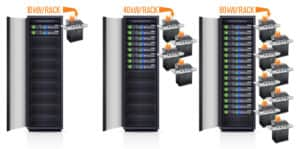
Adaptability is key. Most IT applications will be adequately supported by 10KW/rack solutions for years to come. But AI applications are gaining increased interest in a growing number of industries and applications. And these applications benefit from processors that are generally more power dense than traditional IT devices. “Super computer” requirements of 4-8 barbeques/rack are becoming more common, but still far from being the design standard.
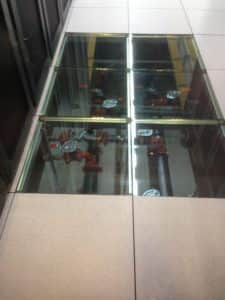 To address the concerns of high density, a growing number of cooling solution vendors are introducing “Liquid to the IT” and “Liquid to the Rack” solutions. Data center owners that may have customers with future AI requirements should consider how to adapt to “hybrid” (liquid and air based IT) cooling solutions in the future. With proper planning, there are liquid distribution solutions that are both mission critical-ready and adaptable. When considering the piping system, it is important to know which solutions are designed to be mission critical-ready. Piping solutions based on weld/flange technologies are challenging to adapt in an operating data center. Solutions based on grooved mechanical couplings offer a more reliable, durable and adaptable piping system.
To address the concerns of high density, a growing number of cooling solution vendors are introducing “Liquid to the IT” and “Liquid to the Rack” solutions. Data center owners that may have customers with future AI requirements should consider how to adapt to “hybrid” (liquid and air based IT) cooling solutions in the future. With proper planning, there are liquid distribution solutions that are both mission critical-ready and adaptable. When considering the piping system, it is important to know which solutions are designed to be mission critical-ready. Piping solutions based on weld/flange technologies are challenging to adapt in an operating data center. Solutions based on grooved mechanical couplings offer a more reliable, durable and adaptable piping system.
The photo included provides an example of an adaptable, hybrid data center cooling system. The initial design was for a fully economized chilled water (CW) based “computer room air handlers” (CRAH) units cooling the data center air flow. When a customer required a super computer application with liquid cooled IT, a hybrid solution was developed by creating a precision-designed, easily aligned, grooved coupling based pipe system to install a liquid/liquid heat exchanger to deliver cooling liquid directly to the IT load without hot work and with guaranteed performance.
For additional guidance on what constitutes a mission critical pipe solution. Click here.
For more on the data center liquid cooling market. Click here.
